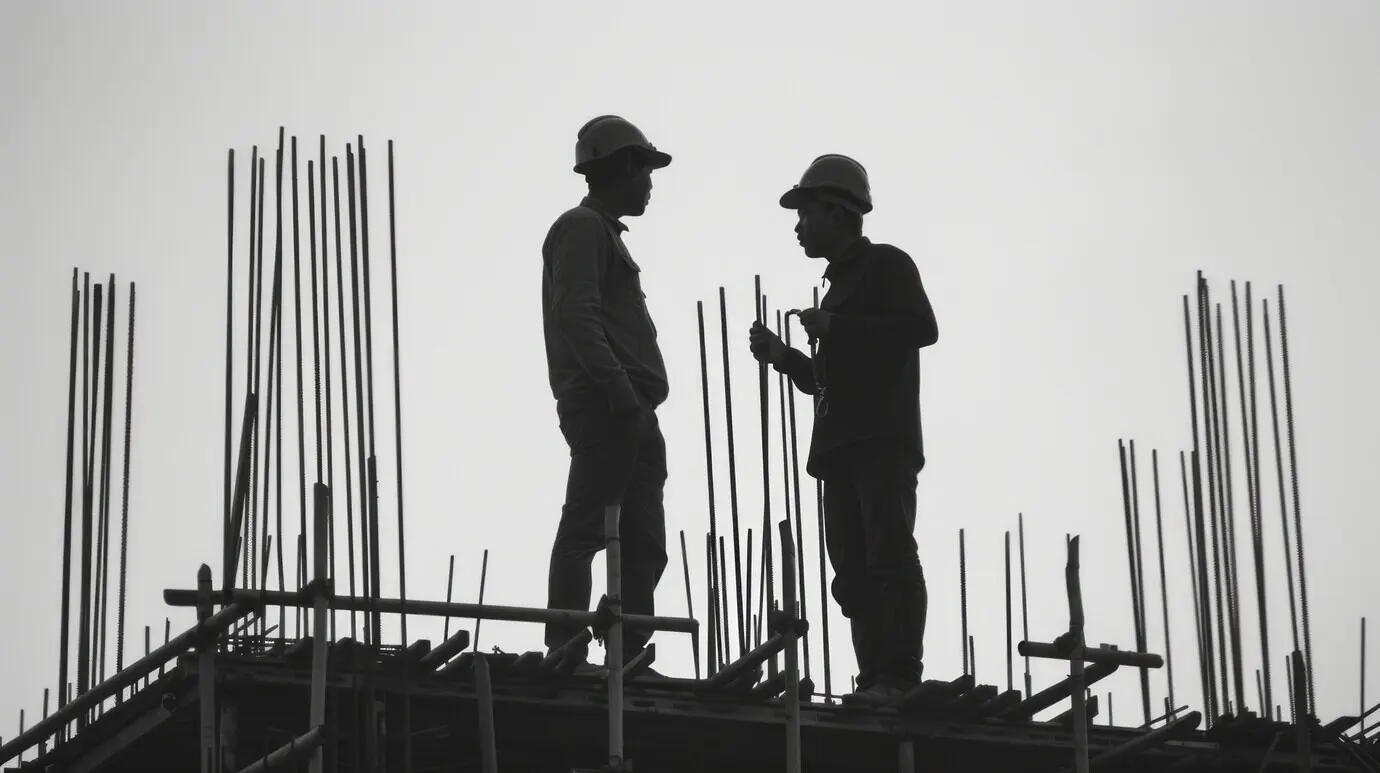A Solid Start Beneath Every Home

Reading the Ground: Soil, Slope, and Subsurface Clues

Site Walk and Local History
Targeted Geotechnical Testing
Turning Data Into Decisions
Choosing the Right Footing: From Slabs to Piles
Slab-on-Grade and Post-Tension Options
A slab-on-grade can be efficient, comfortable, and resilient when subgrade is well-compacted, capillary breaks are installed, and insulation is continuous at edges. Post-tensioned variants handle expansive clays by distributing loads and limiting cracking. Incorporate vapor barriers, termite shields where applicable, and thoughtful joint layouts. The result is a quiet, durable floor compatible with radiant heat and modern finishes.
Crawlspaces With Durable Moisture Control
Crawlspaces succeed when moisture and air are intentionally managed. Consider conditioned, sealed assemblies with ground vapor barriers, perimeter insulation, and controlled ventilation to stabilize humidity. Elevate mechanicals above potential water, and include robust access. Thoughtful grading, gutters, and drains outside keep the space dry inside, improving air quality, protecting framing, and creating a serviceable area for future maintenance and upgrades.
Erosion and Sediment Controls That Actually Work
Utility Locates and Safe Digging
Excavation Sequencing and Dewatering
Preparing the Site: Clearing, Staking, and Safe Excavation

Directing Water and Defeating Frost
From Rebar to Ready-Mix: Building the Backbone
Reinforcement Layout and Inspection
Confirm bar spacing, clear cover, and splice lengths before concrete arrives. Use chairs and ties to prevent displacement during placement and vibration. Take photos for records and inspectors. Clear drawings reduce confusion, and pre-pour checklists catch missing dowels, misaligned anchor bolts, and overlooked beam pockets, turning potential delays into quick fixes made well before the first chute swings.
Formwork Quality and Tolerances
Well-braced forms resist blowouts and produce straight, plumb walls with consistent dimensions. Apply release agents uniformly, seal gaps, and confirm elevations against benchmarks. Tighter tolerances simplify waterproofing, insulation, and framing, saving time later. Strong formwork protects workers and neighbors, reduces waste from rework, and ensures architectural details land right where the designer intended without frustrating adjustments.
Codes, Inspections, and Smarter Choices


The Day the Anchor Bolts Missed

When a Surprise Storm Soaked the Dig
